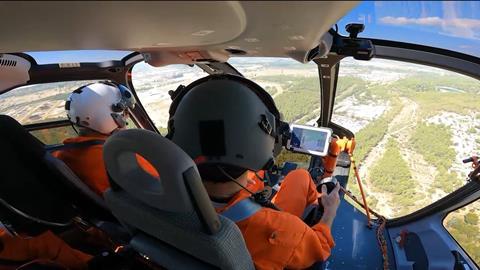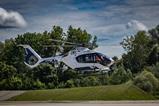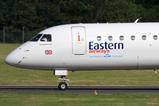Airbus Helicopters has successfully tested an electric flight-control system aboard its H130-based FlightLab demonstrator, a key step towards development of the human-machine interface for its CityAirbus NextGen air taxi prototype.
For the trials, the airframer replaced the light-single helicopter’s three conventional control interfaces – the collective and cyclic levers, and foot pedals – with a single “piloting stick” capable of control movement in all three axes.

Using the single stick, the pilot is able to perform all the necessary manoeuvres, including take-offs and landings, says the airframer.
Airbus Helicopters says the single-stick control architecture takes up less space and offers improved visibility to the pilot. It is also combined with “a revised human-machine interface” using “simple displays” which provide “a selection of information specifically tailored” for electric vertical take-off and landing (eVTOL) aircraft.
“From the start, we designed this system considering every certification parameter in mind as it will be a big step forward in validating the design of our urban air mobility eVTOL, CityAirbus NextGen,” says Tomasz Krysinski, head of research and innovation at Airbus Helicopters.
“The advantage of an electric flight-control system is enormous, especially when it comes to reducing pilot workload and ultimately enhancing mission safety.”
Airbus Helicopters will now work on finalising the details of the new flight-control system before the FlightLab is adapted for tests under the Airbus UpNext Vertex programme, which will add autonomous control features to the helicopter, including the ability to perform automated take-offs and landings.































